Credit card debt can feel like a looming shadow, especially when high interest rates and mounting bills seem impossible to overcome. For many people in India, getting trapped in credit card debt is an easy mistake—whether it’s due to unexpected expenses, lifestyle inflation, or simply the convenience of swiping the card. However, the good news is that with the right approach and strategies, it is possible to break free from this financial burden faster than you might think.
In this blog post, we’ll explore effective, actionable steps to help you pay off your credit card debt quickly, as well as tips on reducing interest charges, consolidating debt, and avoiding falling into debt again.
Understanding Credit Card Debt in India
Before diving into how to get out of credit card debt fast, it’s important to understand the structure of credit card debt in India. Most credit cards come with a high-interest rate, ranging from 30% to 45% annually, which makes it incredibly difficult to pay off the balance once it starts accumulating. If you miss a payment, the interest can compound, and before you know it, you owe far more than you originally charged.
Why Credit Card Debt Can Be Hard to Manage
-
High Interest Rates: Credit card companies in India charge high interest rates, which makes it challenging to pay off balances in full.
-
Minimum Payments: Paying only the minimum due each month might seem manageable but is often a quick path to long-term debt.
-
Late Fees: Missing payments triggers hefty late fees and increases the total debt owed.
Now that you have a better understanding of how credit card debt works, let’s look at how you can tackle it effectively.
Step-by-Step Guide on How to Get Out of Credit Card Debt in India
1. Assess Your Debt Situation
The first step to getting out of credit card debt fast is to understand exactly how much you owe. Gather all your credit card statements and calculate the total outstanding balance across all your cards. Additionally, take note of:
-
The interest rates for each card.
-
Any late fees or penalties.
-
Minimum payment amounts.
This will give you a clear picture of your debt and help you prioritize which cards to pay off first.
2. Create a Debt Repayment Plan
Once you understand your debt situation, the next step is to create a repayment plan. There are several methods you can use to tackle credit card debt:
a) Debt Avalanche Method
This method involves focusing on paying off the card with the highest interest rate first while making minimum payments on the others. Once the card with the highest interest is paid off, move to the next highest, and so on. This approach helps save money on interest over time.
b) Debt Snowball Method
The debt snowball method suggests paying off the smallest balance first while making minimum payments on the larger debts. Once the smallest debt is cleared, the money you were paying toward it is shifted to the next smallest debt. This method builds momentum and can give you a psychological boost as you pay off smaller debts.
c) Balance Transfer to Low-Interest Credit Card
If you qualify, you could transfer the balance from a high-interest credit card to one offering a low or 0% interest rate for an introductory period. This can give you the breathing room you need to pay off your debt without accumulating more interest charges.
3. Look Into Debt Consolidation
Debt consolidation is a popular solution for people in India who have multiple credit card debts. This involves combining all your credit card debts into one loan with a single, often lower, interest rate. There are several ways to consolidate debt:
-
Personal Loans: Take a personal loan with a lower interest rate to pay off credit card debt.
-
Debt Consolidation Services: Some companies offer professional debt consolidation services, which can help you streamline your repayments.
While this can be a good strategy to reduce the number of payments you make, you must ensure that the consolidation loan has a lower interest rate than your current cards.
Pros of Debt Consolidation:
-
One monthly payment.
-
Lower interest rates.
-
Potentially faster debt payoff.
Cons of Debt Consolidation:
-
May involve fees or penalties.
-
You could end up with more debt if you don’t curb spending.
4. Negotiate with Your Credit Card Issuer
If you’re struggling to make payments, it’s worth contacting your credit card issuer and negotiating for a lower interest rate or a payment plan that’s more manageable. Many banks in India may offer temporary relief, especially if you’re facing financial hardship due to unforeseen circumstances.
In some cases, you might be able to negotiate a settlement for a reduced amount. However, this can impact your credit score, so be cautious before opting for this route.
5. Use a Personal Loan to Pay Off Credit Card Debt
If you have a good credit score, one of the best ways to pay off credit card debt quickly is by taking out a personal loan. Personal loans usually come with much lower interest rates compared to credit cards, allowing you to pay off your debt in a shorter amount of time.
How to Use a Personal Loan:
-
Check eligibility for a personal loan from banks or non-banking financial companies (NBFCs).
-
Compare interest rates and loan terms.
-
Pay off credit card bills using the loan amount.
-
Repay the loan through manageable EMIs (Equated Monthly Installments).
6. Reduce Your Credit Card Interest Charges
One of the most common ways credit card debt spirals out of control is due to the high interest charged by credit card companies. To reduce your credit card interest charges:
-
Pay on time: Always make at least the minimum payment to avoid late fees and interest hikes.
-
Pay more than the minimum: The more you pay above the minimum, the less interest you’ll accrue.
-
Pay in full: If possible, pay off your balance in full each month to avoid interest charges entirely.
Tips to Avoid Falling into Credit Card Debt Again
Once you’ve managed to get out of credit card debt, the last thing you want is to fall into the same trap again. Here are some essential tips to help you avoid credit card debt in the future:
-
Create a monthly budget: Keep track of your income and expenses to avoid overspending.
-
Pay with cash or debit: Limit credit card usage by opting for cash or debit card payments.
-
Build an emergency fund: Having a financial cushion can help you avoid relying on credit cards for unexpected expenses.
-
Set spending limits: Set a monthly spending limit on your credit cards, and avoid using them for non-essential purchases.
FAQs on How to Get Out of Credit Card Debt in India
1. What are the best ways to pay off credit card debt fast in India?
The best ways include creating a debt repayment plan using either the debt avalanche or debt snowball method, consolidating your debt into a single loan, or using a personal loan to pay off high-interest credit cards. Additionally, negotiating lower interest rates with your credit card issuer can help you pay off debt faster.
2. How to reduce credit card interest charges in India?
To reduce credit card interest charges, make sure to pay on time, ideally pay more than the minimum payment, and if possible, pay off the full balance each month. You can also consider transferring the balance to a credit card with a lower interest rate or use a personal loan to pay off the balance.
3. Can I settle credit card debt without legal issues in India?
Yes, you can negotiate a settlement with your credit card issuer or a debt consolidation company. However, be cautious as settlements can impact your credit score and may involve fees.
4. Is debt consolidation a good option in India?
Debt consolidation can be a good option if you have multiple credit card debts with high interest rates. By consolidating your debt into one loan with a lower interest rate, you can simplify your payments and save on interest. Just be sure to shop around for the best terms.
5. How can I use a personal loan to pay off credit card debt in India?
A personal loan can be used to pay off high-interest credit card debt by consolidating multiple debts into one loan with a lower interest rate. This can help reduce the overall interest and make repayments more manageable.
6. What are the steps to get out of credit card debt quickly in India?
The steps to get out of credit card debt quickly include assessing your debt, creating a repayment plan, considering debt consolidation, negotiating with your credit card issuer, and using a personal loan to pay off debt.
7. Should I use a debt consolidation service in India?
Debt consolidation services can be useful if you’re struggling to manage multiple credit card debts. They can help you negotiate better repayment terms and interest rates. However, make sure to choose a reputable service to avoid scams.
Conclusion
Getting out of credit card debt in India may seem like a daunting task, but with the right strategies and mindset, it’s entirely possible. Whether you choose to focus on paying off high-interest balances first, consolidate your debt, or use a personal loan, the key is to stay committed and take consistent action. And, most importantly, once you’re free from debt, avoid falling into the same trap by budgeting, managing your finances carefully, and using credit cards wisely.

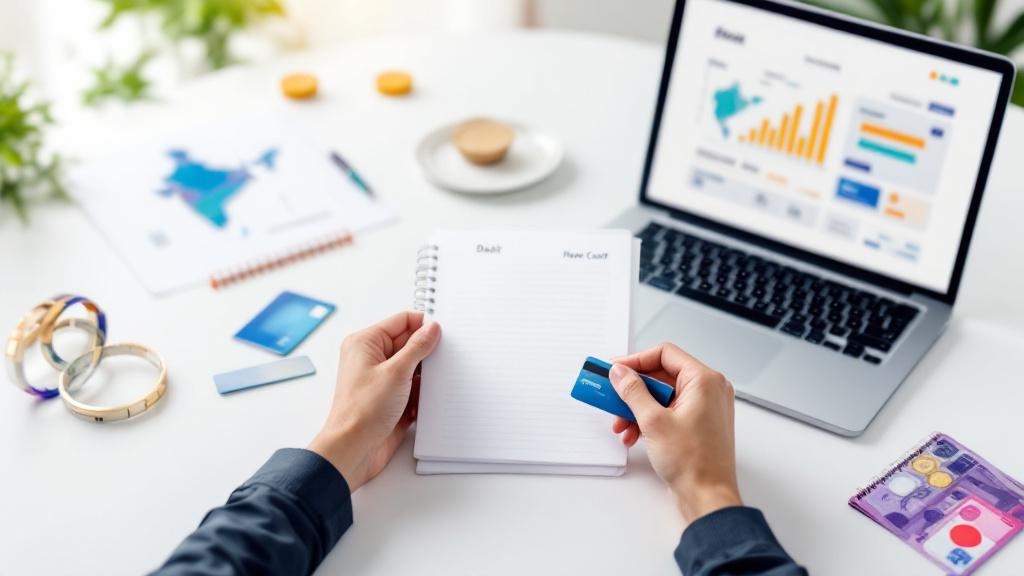
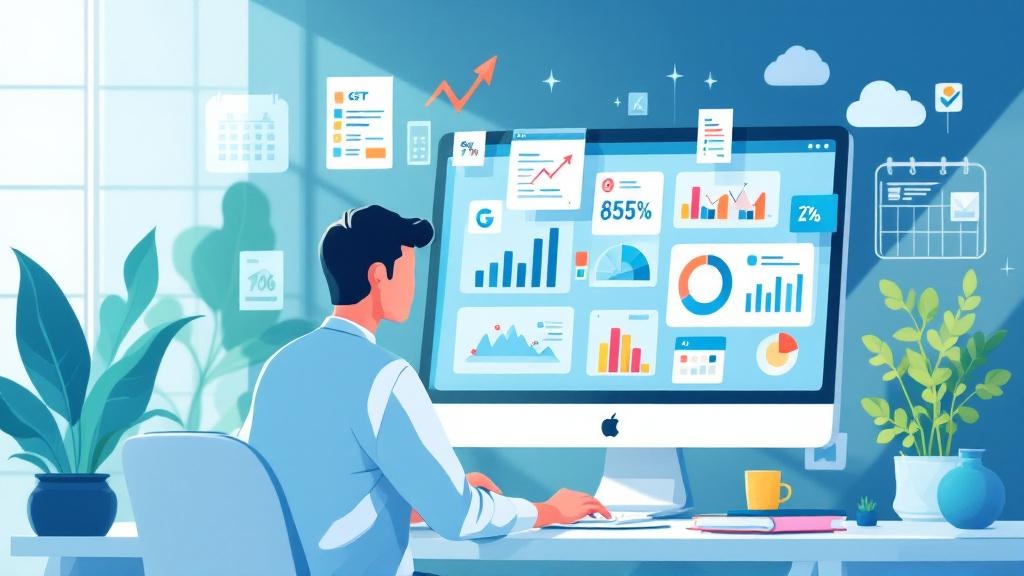
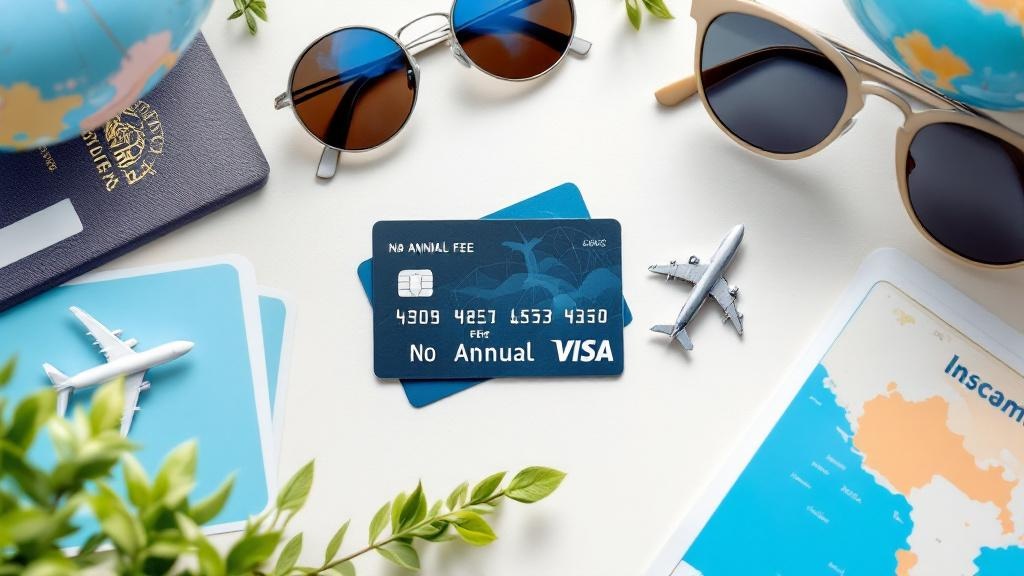
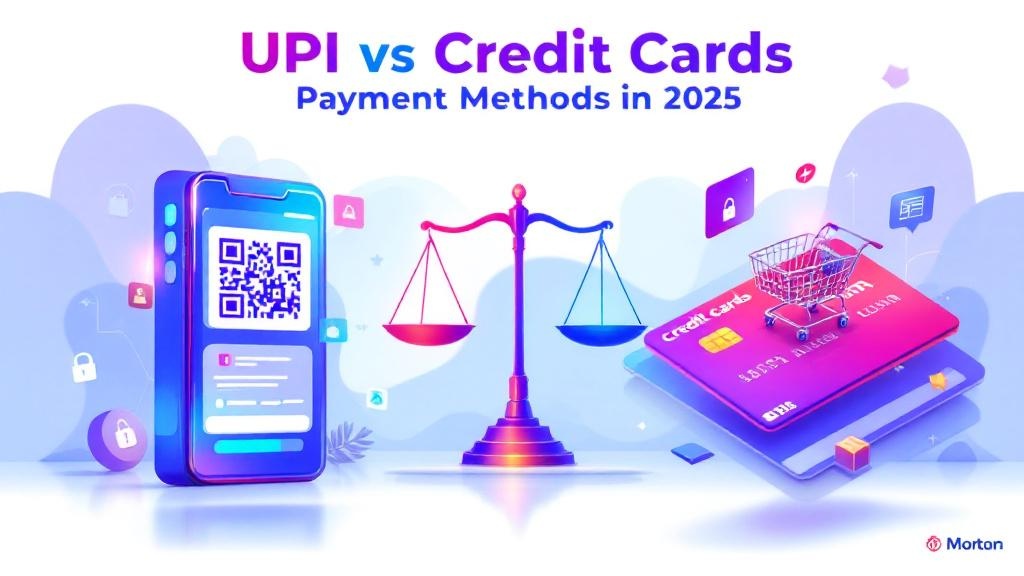

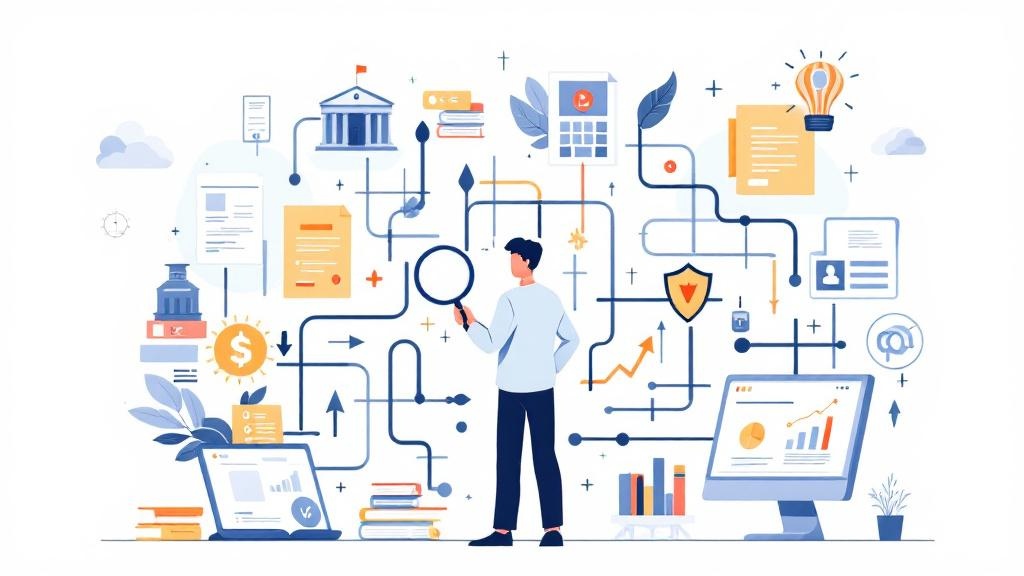
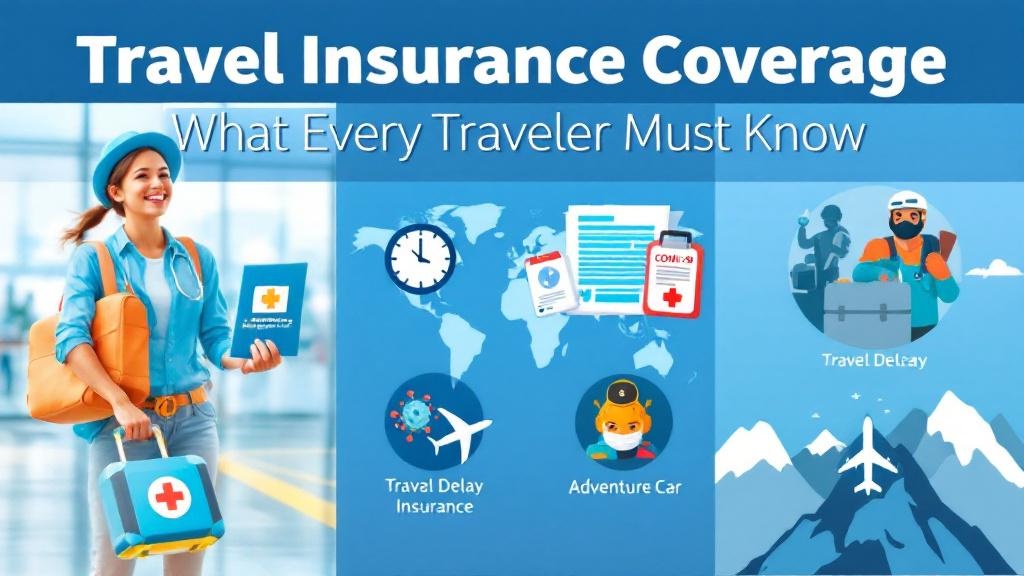
Comments (0)